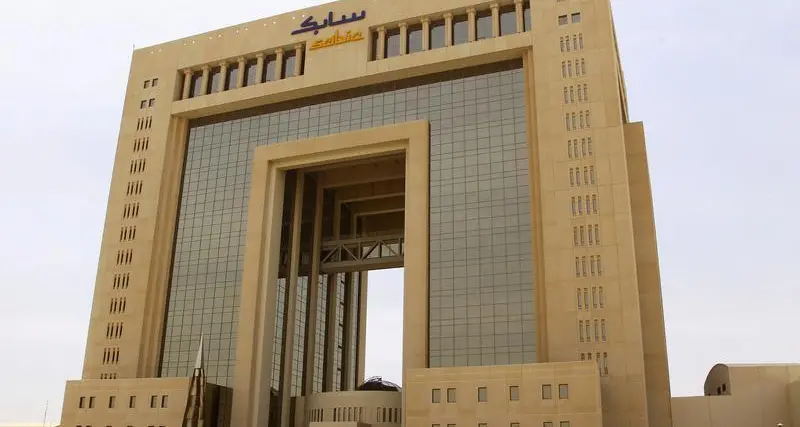PHOTO
The General Civil Aviation Authority (GCAA) is delighted to announce that on December 7th, 2017, in a ground-breaking and historic moment, the UAE will implement one of the largest airspace changes the region has ever seen. Specifically the date will signal the completion of the UAE Airspace Restructuring Project (UAE ARP), which will see the Emirates Flight Information Region (FIR) transformed into the world’s first airspace structure to be completely based on Performance Based Navigation (PBN) with a Navigation Specification of RNAV-1(GNSS). This restructuring is the culmination of years of extensive analysis, development and collaboration across the UAE Aviation Community to enable the evolution of one of the most advanced Air Traffic Management Systems in the world. To achieve such results has required extensive cooperation from the GCAA Sheikh Zayed Air Navigation Centre, Dubai Air Navigation Services, Abu Dhabi Airports Company, Abu Dhabi Department of Transport, Ras Al Khaimah Department of Civil Aviation, Sharjah Department of Civil Aviation, Fujairah Department of Civil Aviation as well as many more aviation stakeholders.
The UAE ARP was designed to meet multiple objectives all of which have been achieved in line with global best practices. Primarily the airspace change was designed to increase UAE Airspace capacity to meet the forecasted air traffic demand for 2022, as well as increase access to all UAE airports, improve efficiency for both aviation system customers and Air Navigation Service Providers (ANSP) and reduce the environmental impact of the increasing traffic through more effective Air Traffic Management operations.
‘Performance Based Navigation’ or PBN is navigation that uses global navigation satellite systems or GNSS and computerised on-board systems. PBN offers considerable advantages to traditional sensor-specific navigation based largely on fixed ground-based beacons guiding aircraft along published routes via waypoints defined by these beacons.
H.E Saif Al Suwaidi, GCAA Director General said: “The implementation of the ARP is not only impressive from a technical perspective, to achieve collaboration on such a large scale change required teams of project management and technical experts with dedicated representation from the six UAE ANSPs (GCAA, dans, Abu Dhabi ANS, Fujairah, Ras Al Khaimah and Sharjah), fifteen core agencies (including the UAE National Airlines, UAE Airport Authorities, UAE Military, regulatory representation, IATA and the National Center of Meteorology and Seismology) and the five surrounding International Air Traffic Service Providers. I would like to thank all of those involved for their hard work and dedication to getting us to this historic moment in UAE Aviation history.”
He added: “The implementation of the UAE ARP has demonstrated our capability to safely meet the capacity requirements for the forecasted 2020 air traffic demand and beyond, but also the ability to deliver environmental efficiency and fuel savings exceeding $15 million to the airlines customers within the first year after implementation. These sustainable annual fuel savings further translate to around 100,000 Mt of CO², supporting a significant contribution towards the UAE’s Environmental Policy and responsibilities towards ‘Greener’ aviation”
Mr Ahmed Al Jallaf, the Chairman of the Project Steering Group said: “The project directly involved five of the seven Emirates within the UAE and to date has required over 120,000 dedicated man-hours to develop an airspace design network capable of managing the future requirements. Multiple Fast Time and Real Time simulations in Italy, UK and in the UAE formed critical activities for the design validation and verification of the revised airspace network. The ARP also requires over 250 Air Traffic Controllers to take simulation and theoretical training, the redesign of over two hundred Instrument Flight Procedures and incorporation of thirty new airways”.
In 2012, prior to the launch of the UAE ARP the General Civil Aviation Authority (GCAA), in collaboration with the local Departments of Civil Aviation and ANSPs, undertook a ‘UAE Airspace Study’ which, among other recommendations, identified a requirement to ‘develop a comprehensive airspace design that will accommodate transition to a full PBN airspace environment to support the increasing demand’ and this laid the foundations of the UAE ARP.
Accordingly the UAE ARP adopted an industry wide collaborative approach, encompassing a three phased project which kicked off in 2013. In July 2016, the ARP activated Phase 3, ‘Integration and Implementation’ and with the support of globally recognised consultants ensured the successful transformation of the chosen conceptual designs were integrated into an implementable solution. The first iteration of design network due on 7th December 2017 will enable the airspace within the Emirates FIR sufficient capacity, capability and efficiency to support the forecasted traffic growth to 2020.
The successful implementation of UAE ARP will future-proof the UAE’s airspace network for the forecasted traffic growth to 2040 including the major expansion projects for both Dubai World Central Al Maktoum International Airport and Abu Dhabi International Airport expansion as well as meeting the expected capacity of Dubai’s Expo 2020. Moreover, it will ensure that aviation will continue to provide a vital contribution to the UAE Gross Domestic Product and the future growth of the United Arab Emirates as a whole.
-Ends-
© Press Release 2017











